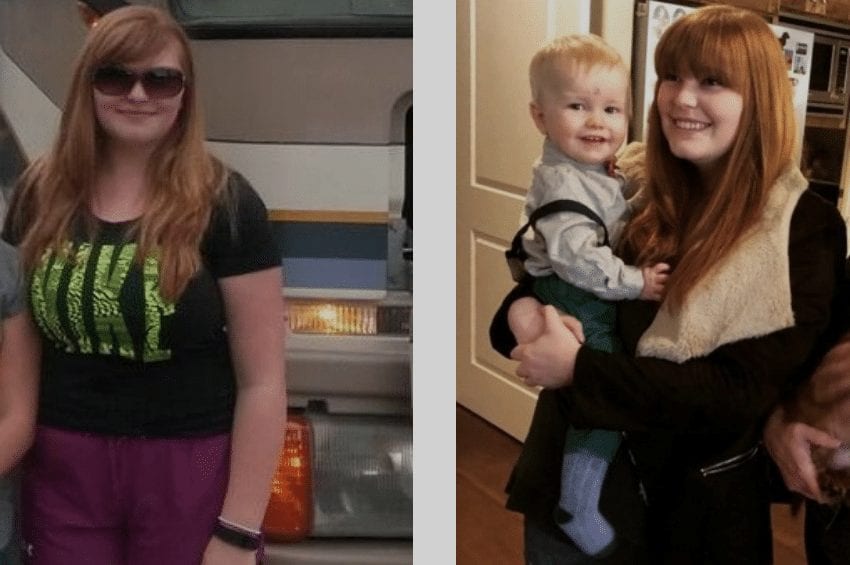
When ketogenic.com first reached out to me and asked if I wanted to partner with them for one of their “Keto Cause” months, I was in disbelief. I am a small Instagrammer with big aspirations of changing the nutrition and lifestyle culture of our country, but I hadn’t acquired near the impressive following of others like me. As I sit here writing this, I am in a state of shock, excitement, and nervousness. Writing an article about the struggles that I have had with body dysmorphia has never made me feel more vulnerable. I feel incredibly lucky and honored to be a part of this endeavor, and I can’t wait to see the impact this specific Keto Cause has on this community and the ketogenic lifestyle.
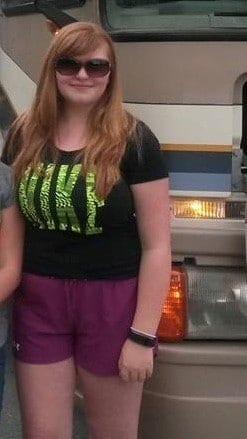
I come from a family where obesity reigns supreme, and diet is a hot-button topic. I was extremely lucky; my mom has struggled with her weight her entire life, and this has motivated her to always be at the forefront of the latest in nutrition and health. She knew the importance of nutrition for a growing child and the impact that processed, high-sugar and carb-laden foods have on the body and its functions. My first foods were avocado and salmon; so I was a fat burning machine, and we didn’t even know it.
Our family’s health-centered mentality became even more important when my sister, Julie, was born with special needs. She had a number of typical food allergies, including gluten/wheat and dairy. The intensity increased substantially after she had her first seizure, presenting our first exposure to the ketogenic diet.
We had taken her to one of the top neurologists in the country at Oregon Health and Science University where a small poster that read “Keto” caught my mom’s attention. She asked if keto could help my sister, and the neurologist said “no” and wrote a prescription instead. This was a time before computers were in every home and information was widely accessible.
Over the next few years, I started to experience bullying over the types of food I was eating. Due to peer pressure, my mom caved and started buying crackers from the health food section. I was very active as a child, and this helped to keep the weight-gain at bay with my increasingly higher carbohydrate diet. However, that didn’t last forever. My body, having never been exposed to these foods, took it like a shock to the system, and I began to gain weight. I was also not the only one who noticed, family members began commenting on how I had packed on a few pounds. One even showed me a picture of when I was at my thinnest and told me how good I looked then. This was when I began to develop negative feelings about my body and began the onset of my body dimorphic disorder. The timing could not have been worse. While developing these negative feelings about my body, I also happened to be going through full-blown puberty. I went from having the body of an 11-year-old to that of an adult overnight. However, I didn’t start to experience body dysmorphia until I my peers began body and sl*t-shaming me.
There was one such incident that I know will stick with me forever. I was changing into my sportswear for gym class when three girls told me that I shouldn’t be changing in front of everyone—that I was fat, ugly, disgusting to look at, and that I ought to cover up. Feeling friendless and depressed about what I looked like, I started to turn to food. I thought, “Well, if I’m fat, ugly, and disgusting, what’s the point?” Social issues aside, my sister’s health was continuing to deteriorate, her epilepsy continued to worsen, and she passed away in January of 2012. In the aftermath of my sister’s passing, my relationship with food significantly worsened. It became a stress reliever and a distraction from the emotional and physical turmoil of that time. As I continued to gain weight, I started to scrutinize every part of my body and believed what I had been told that day in the locker room. In total, I gained about 50 pounds before I began to realize what I had done to myself.

I knew that if I continued on this path of self-destruction and loathing, I was going to end up very obese—or possibly a type 2 diabetic. I didn’t want that, and I knew my sister wouldn’t want that for me either. At the time, I was completely unaware of the Paleo or ketogenic “movements” that would soon be a force to be reckoned with.
I started with the only well-known way to lose weight: the move more, eat less plan. In my opinion, this was just a fancy way of saying standard American diet (SAD) and calorie restriction. To cut to the chase, I failed miserably. I felt like I had done something wrong or that my willpower wasn’t strong enough. Needless to say, I started to spiral back into my hole. I felt like a failure, and I began to worry that I had damaged my metabolism and body beyond repair and would just have to live with the consequences. It was not long after I had accepted defeat that I learned about Paleo diet. I was intrigued to say the least and decided to take it in stages. I eliminated grains first, and I dropped seven pounds in one week. Granted, this was mostly water weight, but it was still a huge victory in my book. It felt like my “Aha!” moment. I realized that there wasn’t anything wrong with me. Rather, there was something wrong with the food.
At this point I wasn’t struggling with my body dysmorphia. I was happy because I felt good. There were so many benefits to this lifestyle, and I knew I would never quit; I just had a few lapses. Turns out that people who are not Paleo or keto are not exactly accepting of it, but I now know that it’s just from a lack of understanding. As soon as I had regained my confidence in the lifestyle and myself, I hit the ground running and didn’t stop. I am happy to say that I have had only one relapse back into the hole. As my body continued to shrink in size, there was one part that did not. My breast size refused to follow suit with the rest of my body. I became disfigured and was experiencing constant, chronic pain. This ultimately impacted my fitness, overall confidence, and fueled the fire I had fought to squelch.
Due to the chronic pain and overall discomfort, I quit exercising and my diet began to regress along with it. At my wits end and desperate for help, I began researching breast reduction surgery. With the counsel of my parents and my amazing plastic surgeon, it was decided that breast reduction surgery was in my best interest for my mental and physical health. This was one of the best decisions I have ever made. After I woke up from surgery, my body felt like a whole new vessel. During my recovery, I started to go through the process of eliminating grains and sugar once again. When I was cleared for physical activity, I hit the ground running, literally. I started running three to five miles a day and began weight training again. I finally felt like I was becoming the person I was meant to be and living the life I was meant to live.
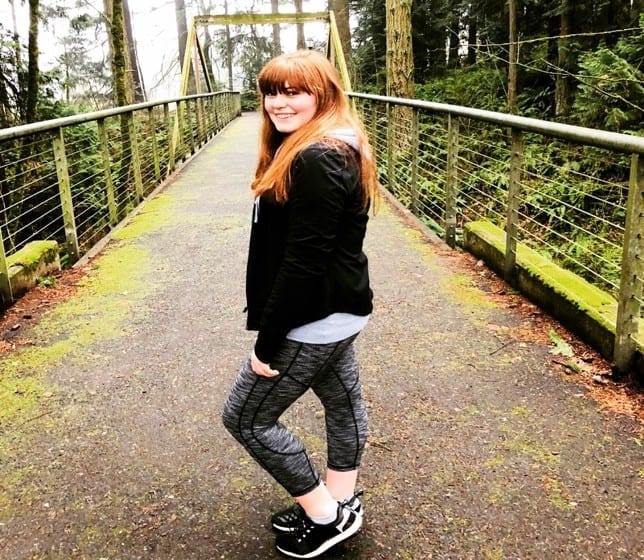
During this first year of being committed to Paleo, I struggled to hold out against peer-pressure, and I caved several times. During my second year of Paleo I began to grow tired of the criticism my lifestyle had brought me, but instead of quitting or caving, I decided to stand my ground. This caused a lot of tension in my relationships with friends and family, but I didn’t care. I felt so good that I didn’t want to eat the cake just to make people feel comfortable. While writing this article, I realized something.
While writing this article, I realized something. I realized that the reason I was so determined to stick to my lifestyle was that the SAD food symbolizes a tumultuous time in my life, and because of that association, I didn’t and still don’t want to have any type of relationship with that food. While my relationship with my friends and family may have suffered, my relationship with myself flourished. By solely focusing on myself and what I needed, I was able to achieve self-love, acceptance, and respect. This may sound selfish, but your health is your wealth, and I was done letting my wealth suffer for the sake of someone else.
By the time I had started making the transition to the ketogenic diet in the summer of 2017, my mindset had completely shifted from the look-good, feel-good mentality to feel-good, look-good. I will never forget the day I woke up and knew I was in ketosis. I had so much energy I did not know what to do with it. It is a high like no other. I have been keto for a year and half now, and I have learned some incredibly valuable information that has given me a whole new view of what it means to be human and consume food. I dove into the deep end with the research and biochemical relationship between a keto diet and the human body. I read books like Wheat Belly, Grain Brain, Cholesterol Clarity, and Mark Sisson’s Daily Apple blog to learn about the research and science of the ketogenic diet. I have since
branched into the world of biohacking after reading The Bulletproof Diet and Head Strong by Dave Asprey. This fueled my passion and commitment to the lifestyle. What I have learned is that once you truly understand how fat, protein, and carbohydrates function in the body, it only strengthens the commitment to a low-carb, high-fat lifestyle. I used to look at my inability to function on carbohydrates as a disadvantage. I mean, clearly there’s something wrong with you if you can’t eat whatever you want and be thin, right? Wrong! No two people are the same, and therefore our lifestyle and dietary choices shouldn’t have to be identical.
While I’ve never quit practicing keto, I did have one setback during my first year of university. About half way through the semester, both my grandpas passed away from health complications within a few days of each other. I started eating a surplus of keto calories and gained about 15 pounds. However, even though I was mentally struggling with their deaths, I did not struggle with my body image. While I was sad and didn’t know how to process my loss, I still felt together physically and mentally. Maybe it was the stress of losing my grandpas on top of school, but I completely attribute this to using fat for fuel.
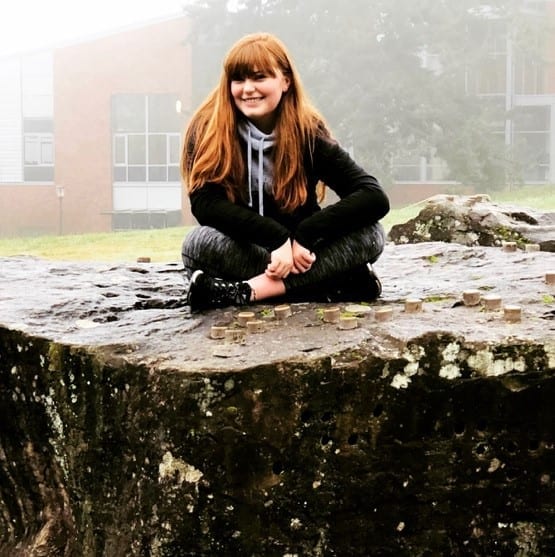
Due to both of them dying as a result of health complications, cancer, and a suspected aortic aneurysm, I began to investigate keto for cancer and cardiovascular health. What I have learned has convinced me now more than ever that if both my grandpas had eaten a ketogenic diet, they would most likely still be here today. Further, the many people in my family who struggle with their weight, type 2 diabetes, or cancer would benefit greatly from this ketogenic way of life.
Today, I am a science major at Washington State University and am pursuing a career in functional medicine and keto health coaching. I have completed a seven-day water fast and plan to complete another one in March. It was one of the most euphoric and spiritual experiences of my life. I would never have been able to abstain from food for an entire week if I hadn’t known ketosis or a ketogenic lifestyle. I believe everyone can benefit from this way of life. I know keto can seem extreme at the beginning, but if something doesn’t work, don’t throw in the towel. Try something else. There is a reason why keto works for so many people: it is sustainable and satiating. If it works for me, there’s a fantastic chance it can work for you and so much more!
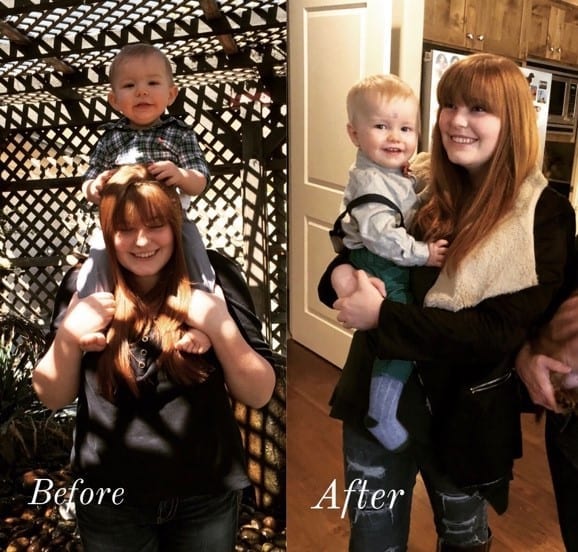

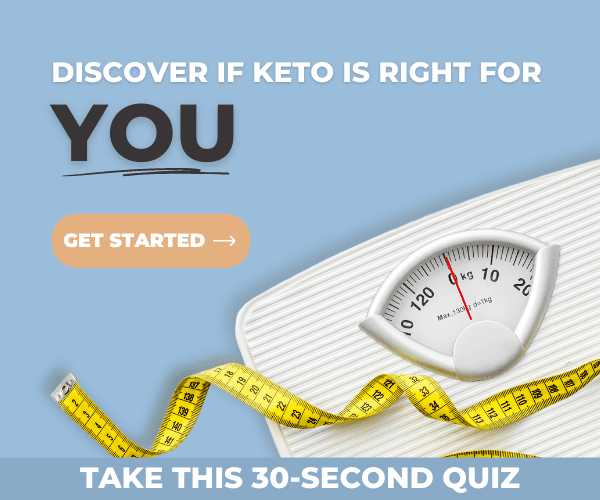
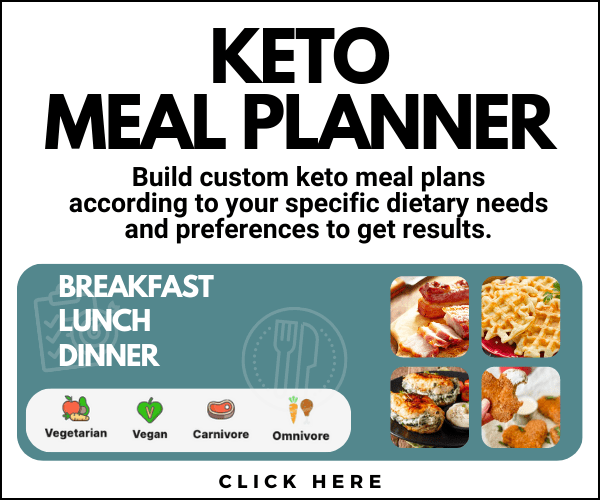
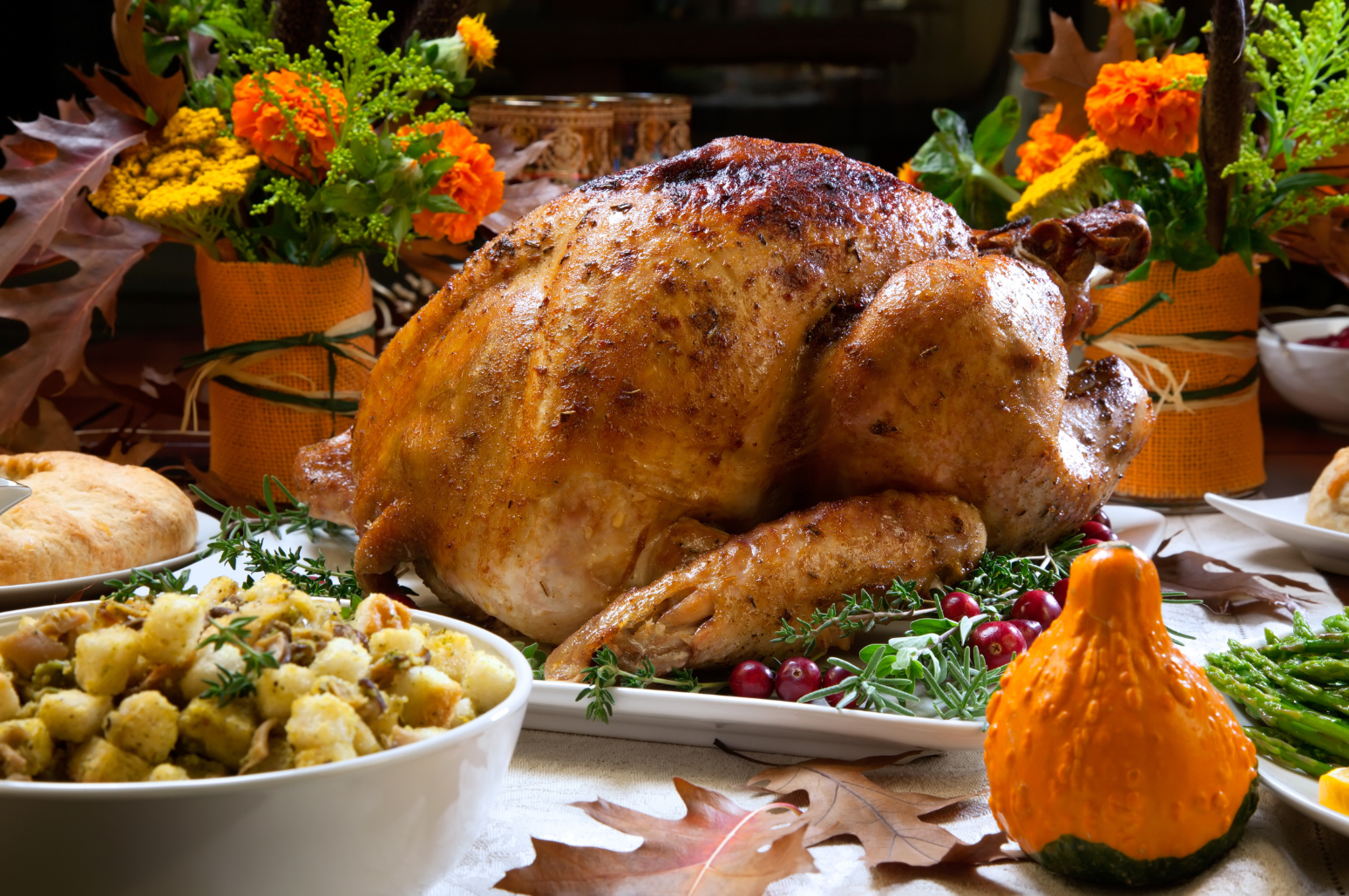
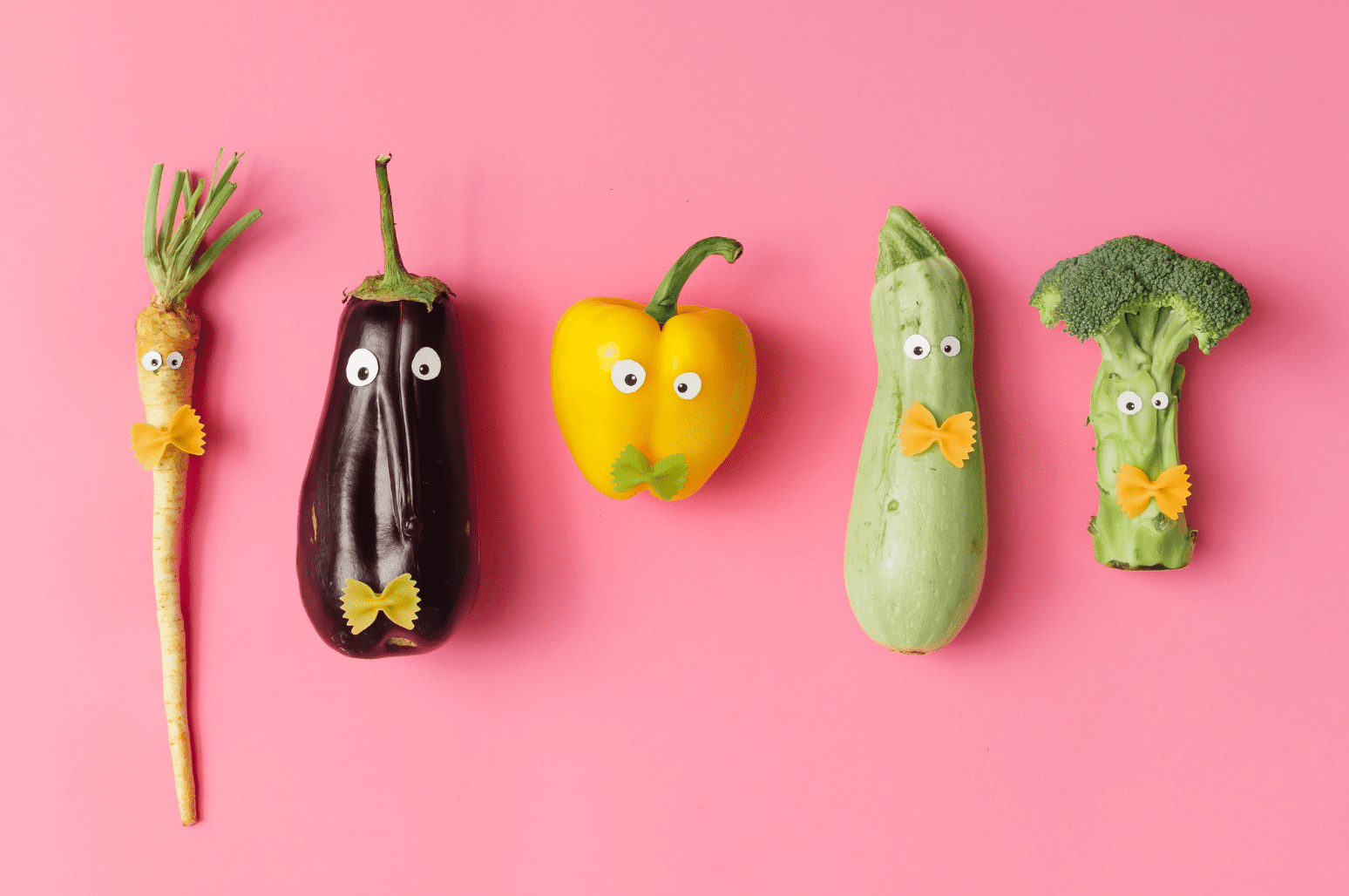
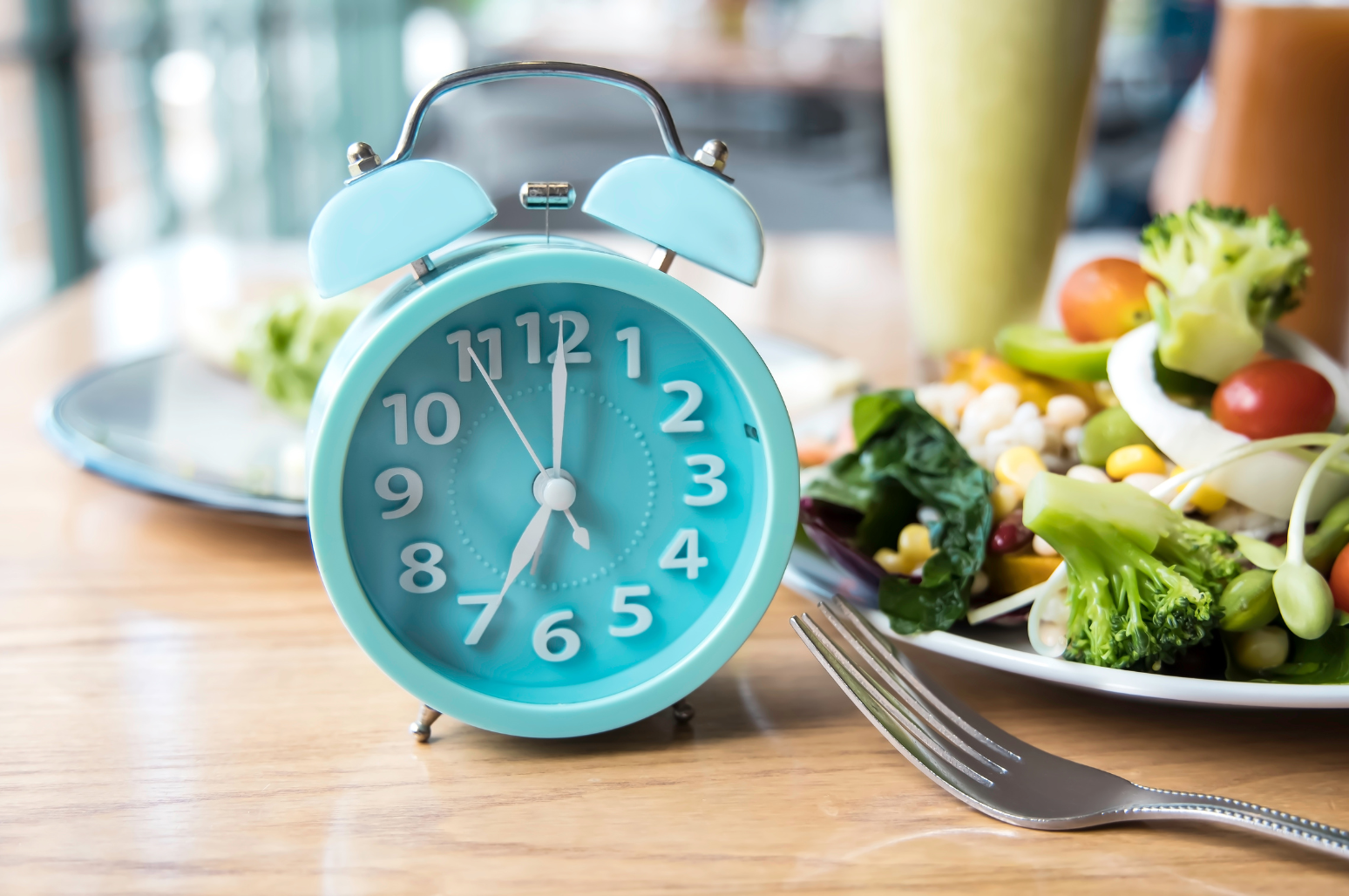
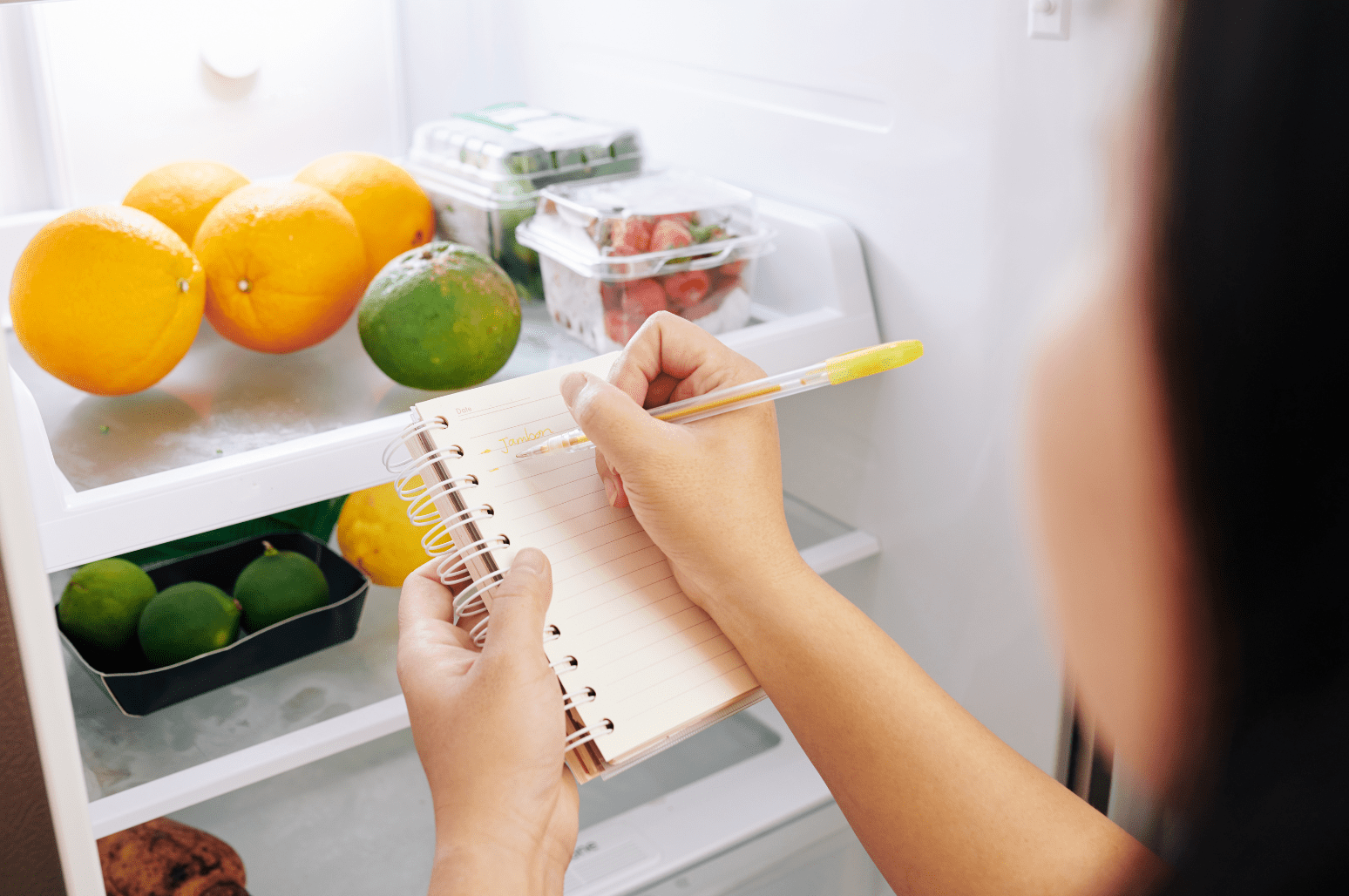
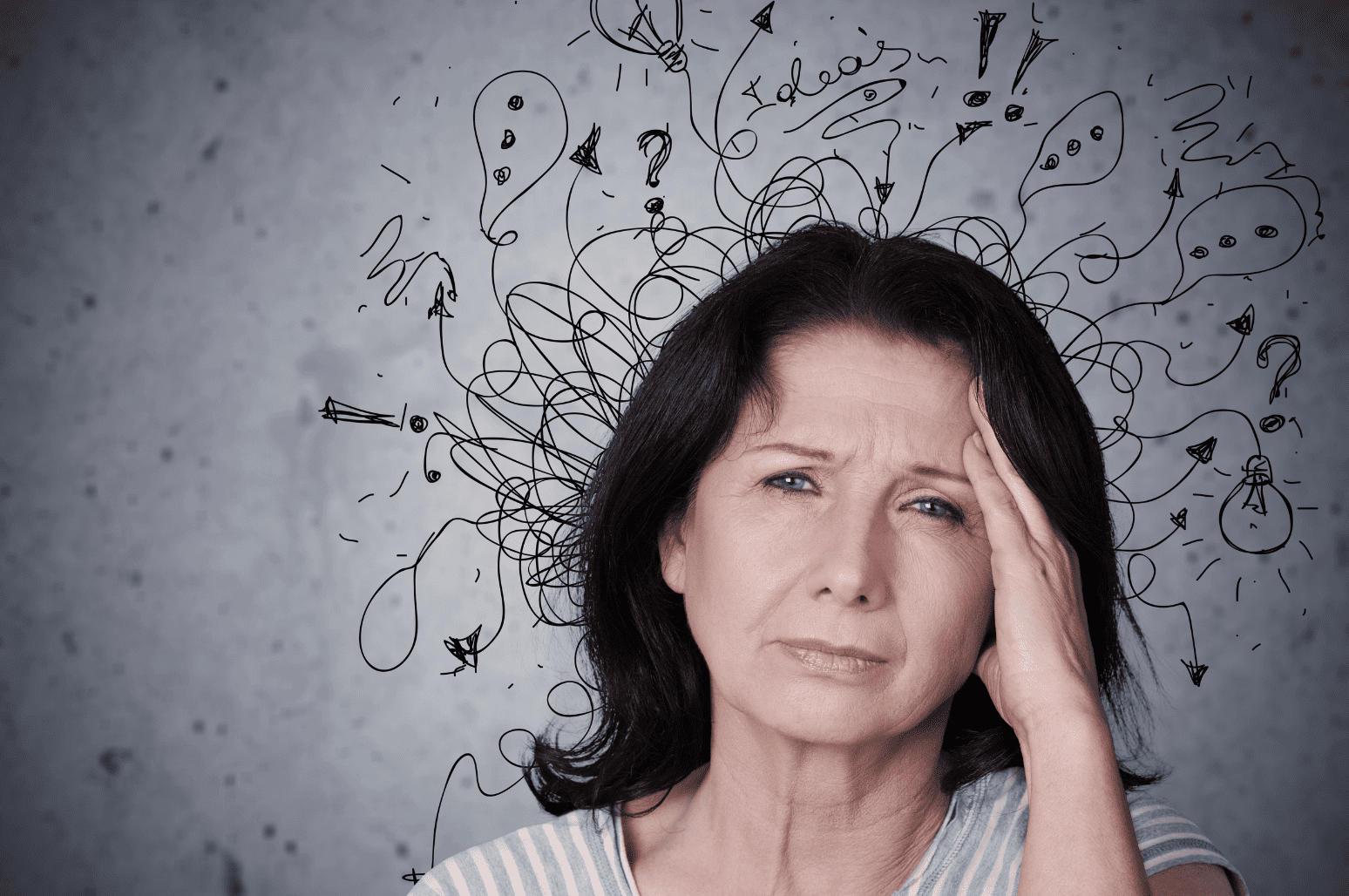


Thank you for your vulnerability and authenticity! I began keto after 2yrs of being diagnosed with blood cancer. I can happily report in Sept 2018 my White Blood Cell count has come down by 10k and my platelets and hemoglobin are now in the normal range! As my oncologist said, ” Keep doing what you are doing! See you in a year!” Best news ever as my treatment has been postponed!~angie